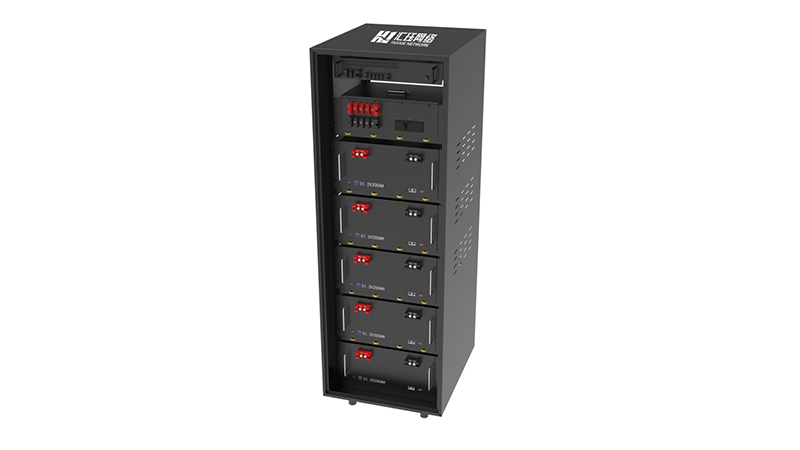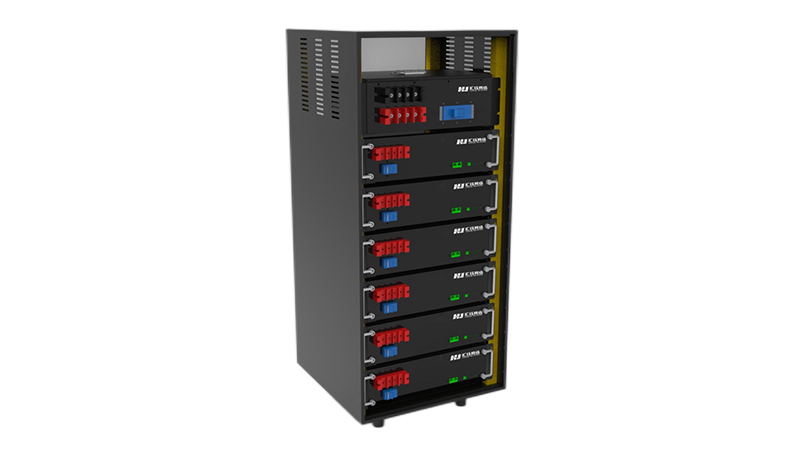
The era of wind power and photovoltaic parity is coming, digital energy rides the wind and waves
The proposal of digital energy may seem sudden, but behind it is a relatively clear overall national upgrading strategy. The three major tracks for carbon neutrality: wind energy, photovoltaics, and electric vehicles, involve two energy supplies and one consumer market.
Onshore wind power will enter the era of “grid parity” in 2021 and will no longer rely on state subsidies; at the same time, the levelized cost of photovoltaic power generation is close to the level of hydropower; and the annual sales of electric vehicles will reach 1 million in 2018 , It took 3 years to achieve an annual sales volume of 3.6 million vehicles, and my country has thus become the world’s largest electric vehicle market.
The advent of the era of wind power and photovoltaic parity means that a large amount of green electricity is supplied to the power system, and the charging demand of a large number of new energy vehicles also brings a large load to the power system. The urgency and certainty of upgrading the entire power system is self-evident. The digital energy strategy was conceived under this development window.
Super fast charging market space opens
What is digital energy? Digital energy is the deep integration of the Internet of Things technology and the energy industry. Through the Internet of Things access of energy facilities, and relying on big data and artificial intelligence, the physical world and the digital world are connected, and the information flow and energy flow interact to realize the leapfrogging and innovation of energy categories. Boundary breakthroughs, magnifying the utility of facilities, and collaborative optimization of categories are effective ways to support the construction of a modern energy system.
The digital transformation of the energy industry is to develop digital energy, that is, to use digital technology to guide the orderly flow of energy and build a more efficient, cleaner, more economical, and safer modern energy system.
According to the “Digital Energy is a Major Trend White Paper” released by Huawei on February 10, 2021, there are ten major trends in digital energy in the future, namely: energy digitalization, green power universalization, full link efficiency, AI blessing, and equipment miniaturization Extreme simplification, automatic maintenance of energy network, comprehensive smart energy, intelligent energy storage system, super fast charging anytime and anywhere, safe and reliable. Among them, the super fast charging track and the virtual power plant track in energy digitalization have gained wide attention from the market.
“Slow charging” is one of the core pain points of the current new energy vehicle industry, and high-voltage platform vehicles and superchargers are the main solutions to achieve high-power fast charging. In recent years, automakers and technology giants at home and abroad have released high-voltage platform mass-produced models and solutions, and the industry trend has gradually established. The high-voltage platform has outstanding advantages, which can not only significantly improve charging efficiency, but also help improve vehicle power performance and cruising range. The conditions for mass production of high-voltage platform models are basically mature: From the perspective of components, the industrial chain of high-voltage components at the vehicle end and the pile end is gradually improving, and the main components of the vehicle end are expected to be mass-produced by the end of 2021; Fast charging products have been formed, and the proportion of high-power charging piles in the new bidding of State Grid has increased significantly. The 160kW charging piles in the first bidding in 2021 accounted for nearly 40%. From the perspective of charging standards, the new standard is expected to be released in 2021. The DC charging power is expected to reach up to 900kW.
In September this year, Ningde Times (SZ300750, stock price 398.48 yuan, market value 973.3 billion yuan) released the third-generation CTP-Kirin battery, which supports 4C fast charging and can be charged to 80% of the battery capacity in 10 minutes; Sunwoda (SZ300207, stock price 21.95 yuan, with a market value of 40.88 billion yuan) released the super fast charging power battery product SFC480, with a maximum charging power of 480kW, which supports charging for 5 minutes for 200 kilometers and 10 minutes for 400 kilometers; Xiaopeng released a new car “G9”, “the first to enter the super Fast charging era”. “G9” is equipped with an 800V high-voltage SiC platform, and adopts a high-voltage, high-current charging scheme to increase charging power. In terms of charging piles, Xiaopeng started to lay S4 supercharging piles in the third quarter of this year, which can achieve a charging capacity of up to 480kW/670A.
In the case of power battery companies and car companies competing for layout, the market space for super fast charging will gradually open up.
The construction of virtual power plants is becoming more standardized
When it comes to the business model of virtual power plants, currently it is mainly based on ancillary services to earn subsidies, and it will develop in the direction of electric energy transactions in the future.
At present, my country’s virtual power plants are mainly invitation-based. Government agencies or power dispatching agencies send out invitation signals, and then load aggregators and virtual power plants organize resources to respond to demand such as peak shaving and valley filling, and obtain benefits from grid electricity price subsidies. Among them, valley filling is more difficult than peak shaving. Peak shaving is mainly aimed at power-consuming provinces in the Yangtze River Delta and Pearl River Delta such as Guangdong, Zhejiang, and Jiangsu, and valley filling is mainly aimed at power generation concentrated areas in the central and western regions. In the future, with the maturity of the national unified power trading market, the business model of virtual power plants will shift to participate in power market transactions.

During the “13th Five-Year Plan” period in my country, several virtual power plant pilot projects have been built, and during the “14th Five-Year Plan” period, virtual power plants will gradually mature. During the “13th Five-Year Plan” period, Guangdong, Jiangsu, Shanghai, Hebei and other places carried out a number of pilot projects for virtual power plants. Jiangsu took the lead in promulgating the “Implementation Rules for Electric Power Demand Response in Jiangsu Province” in 2015 to guide the regulation of power demand. During the “14th Five-Year Plan” period, Anhui, Zhejiang, Shanghai, Guangdong and other places continued to promote the construction of virtual power plants. In June 2022, Beijing incorporated the construction of virtual power plants into the power development plan for the first time. Shanxi Energy Bureau issued the first provincial-level virtual power plant construction and operation According to the implementation plan, the construction of virtual power plants is gradually becoming standardized.
According to Orient Securities, the electric power information company under the power grid company is expected to become the winning resource aggregator. Manufacturers of virtual power plants will move towards two directions of technology and operation: first, in the direction of technology, private enterprises are more motivated to iterate, thereby generating technological advantages; Chemical companies have more advantages and are expected to become the winning resource aggregator.



